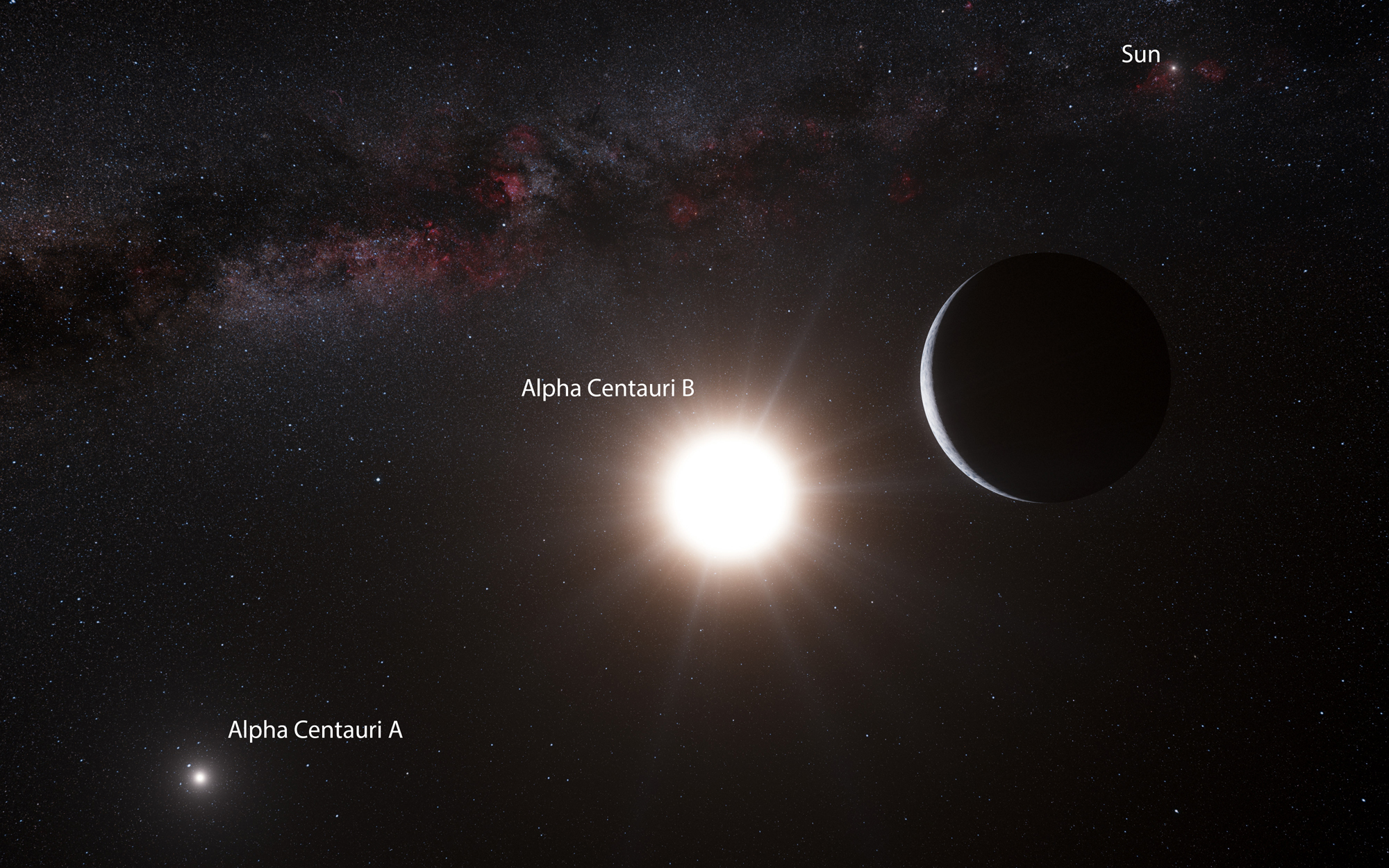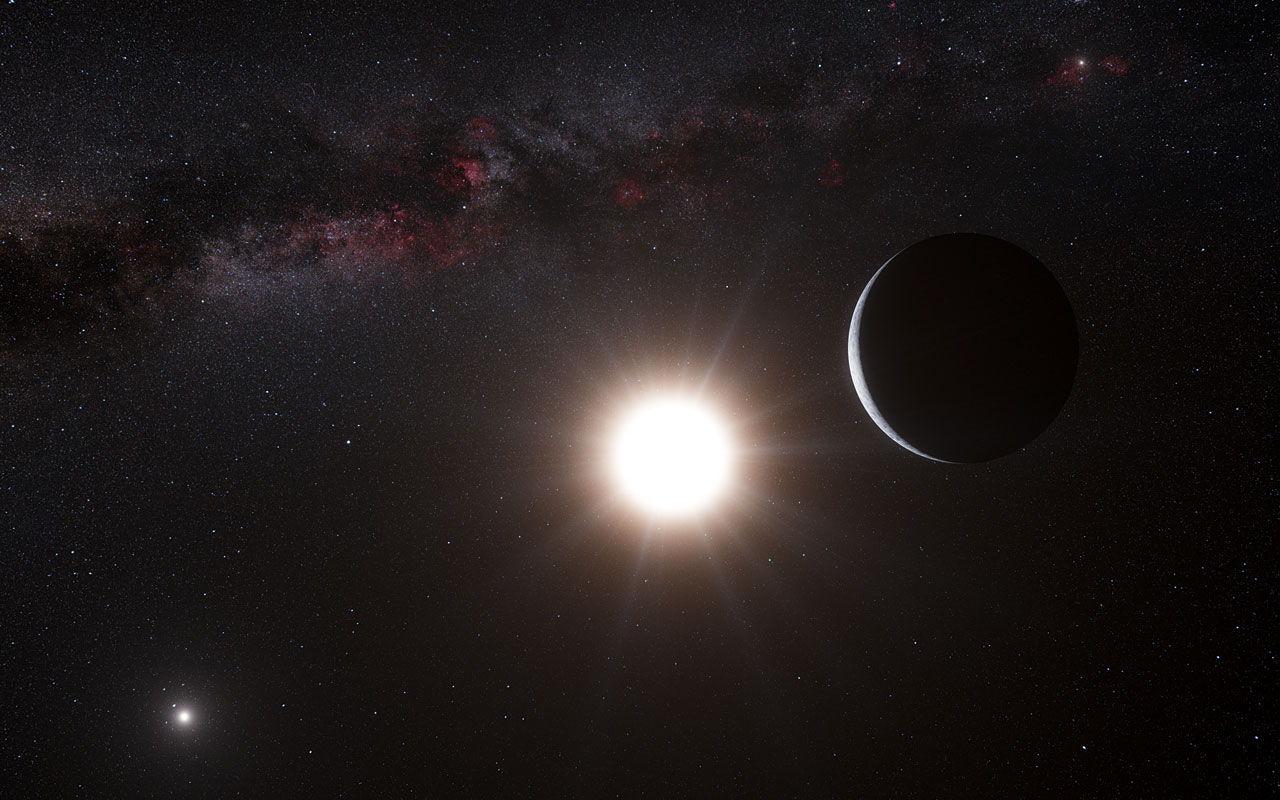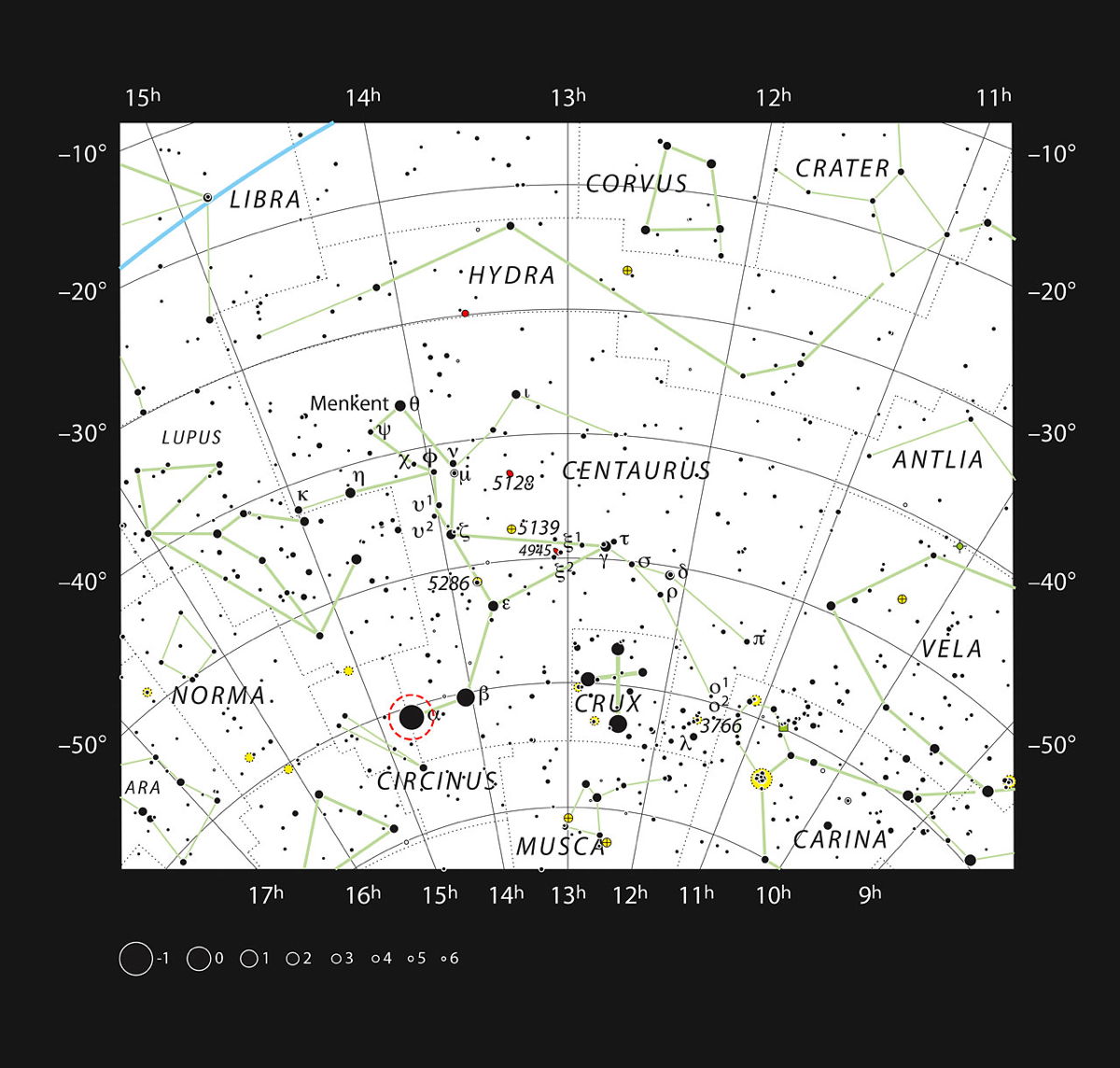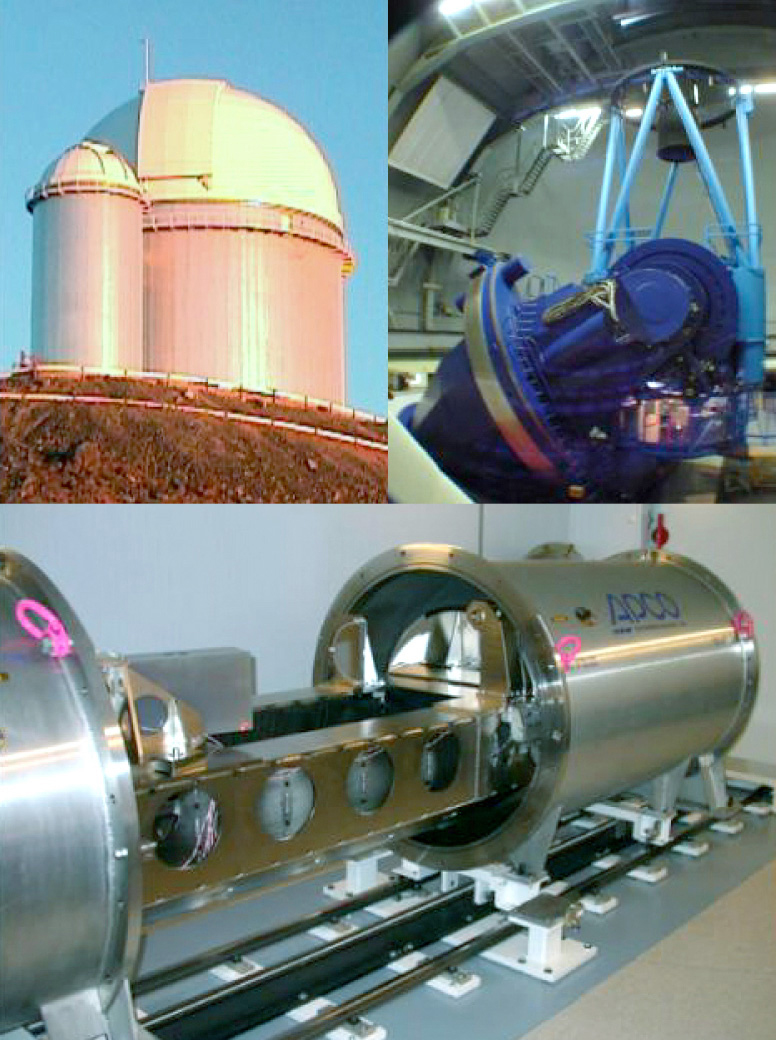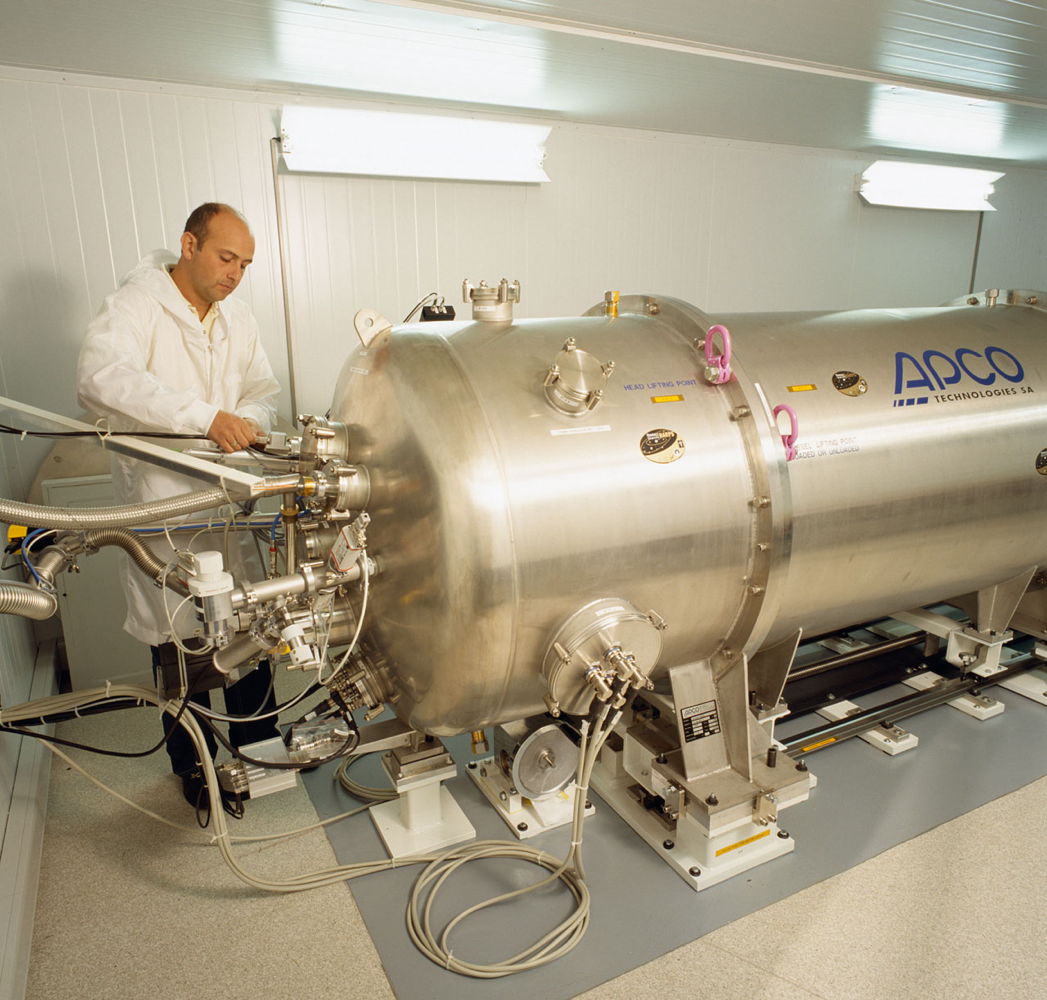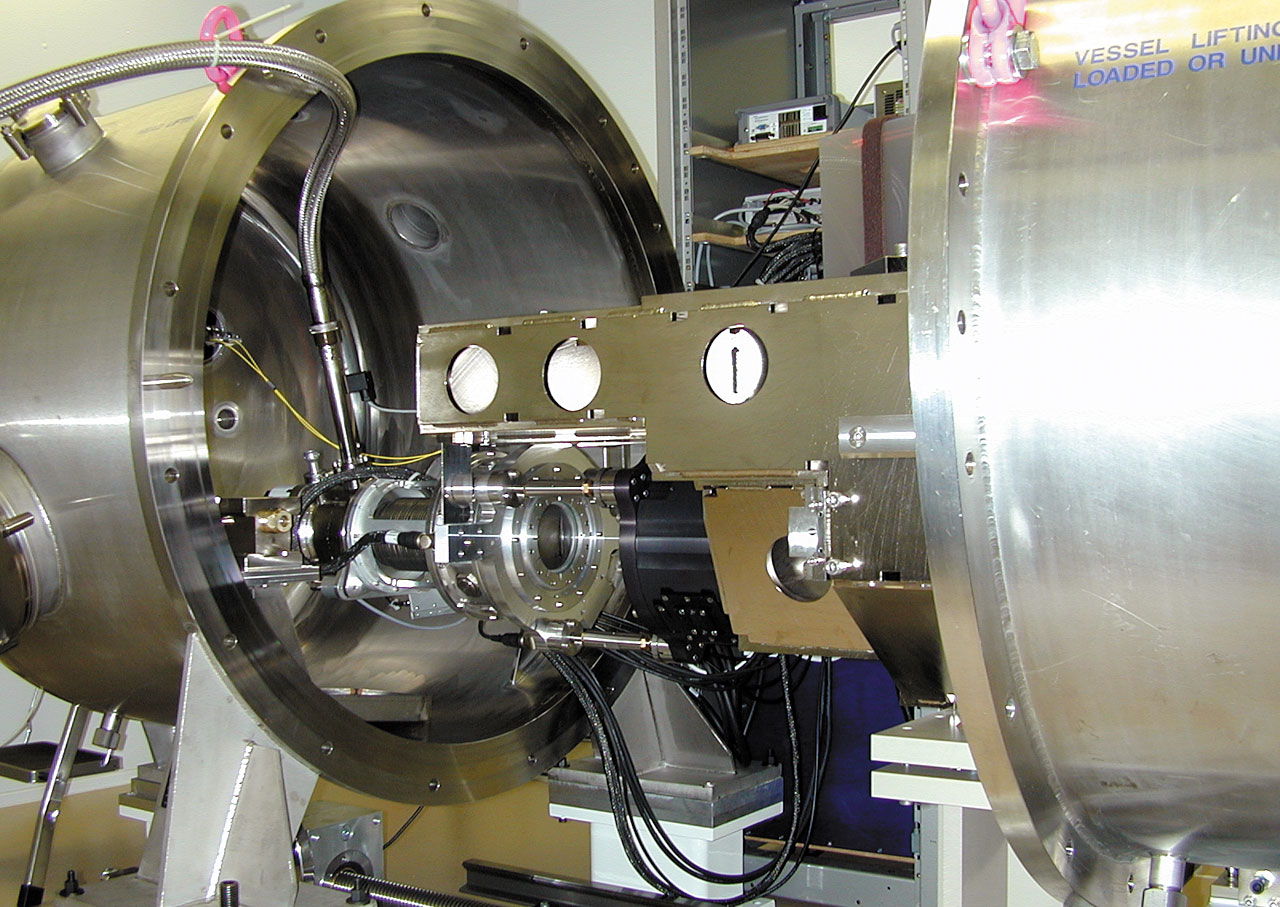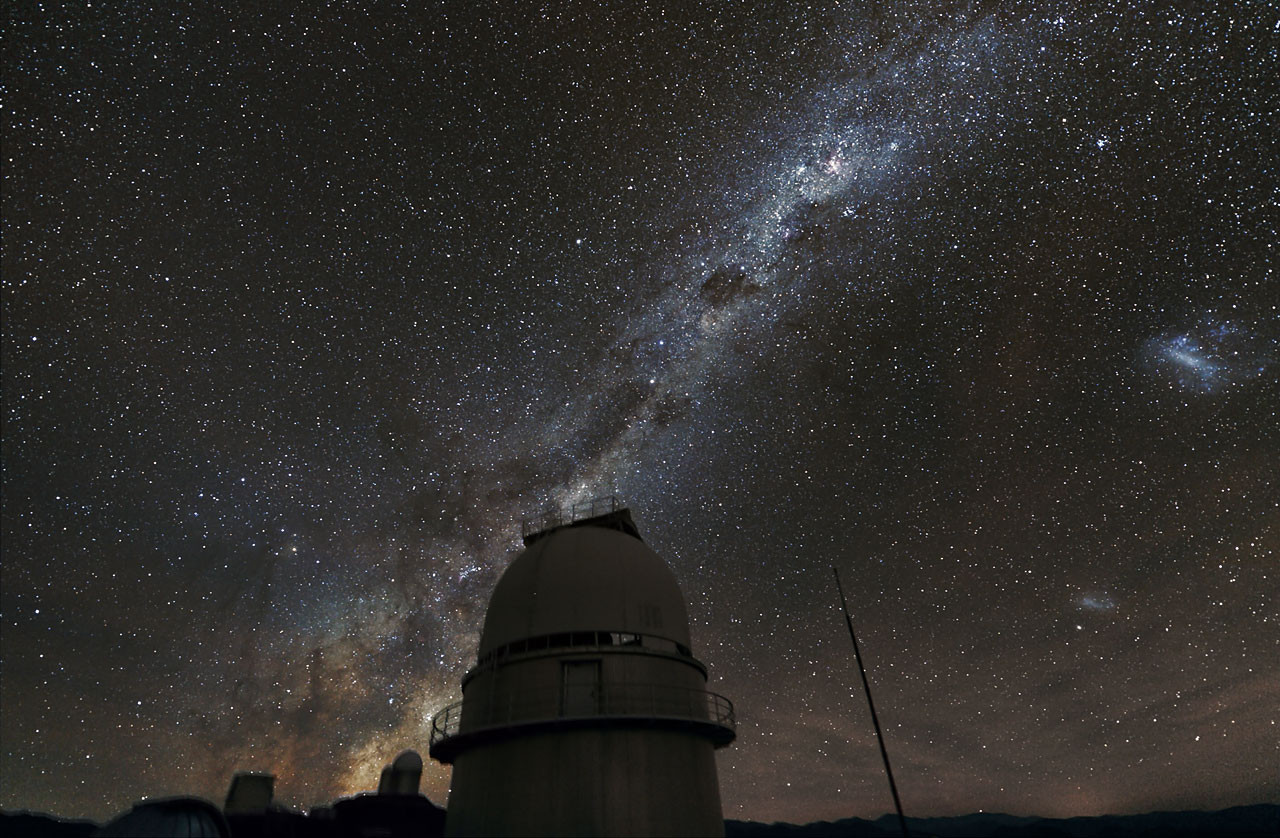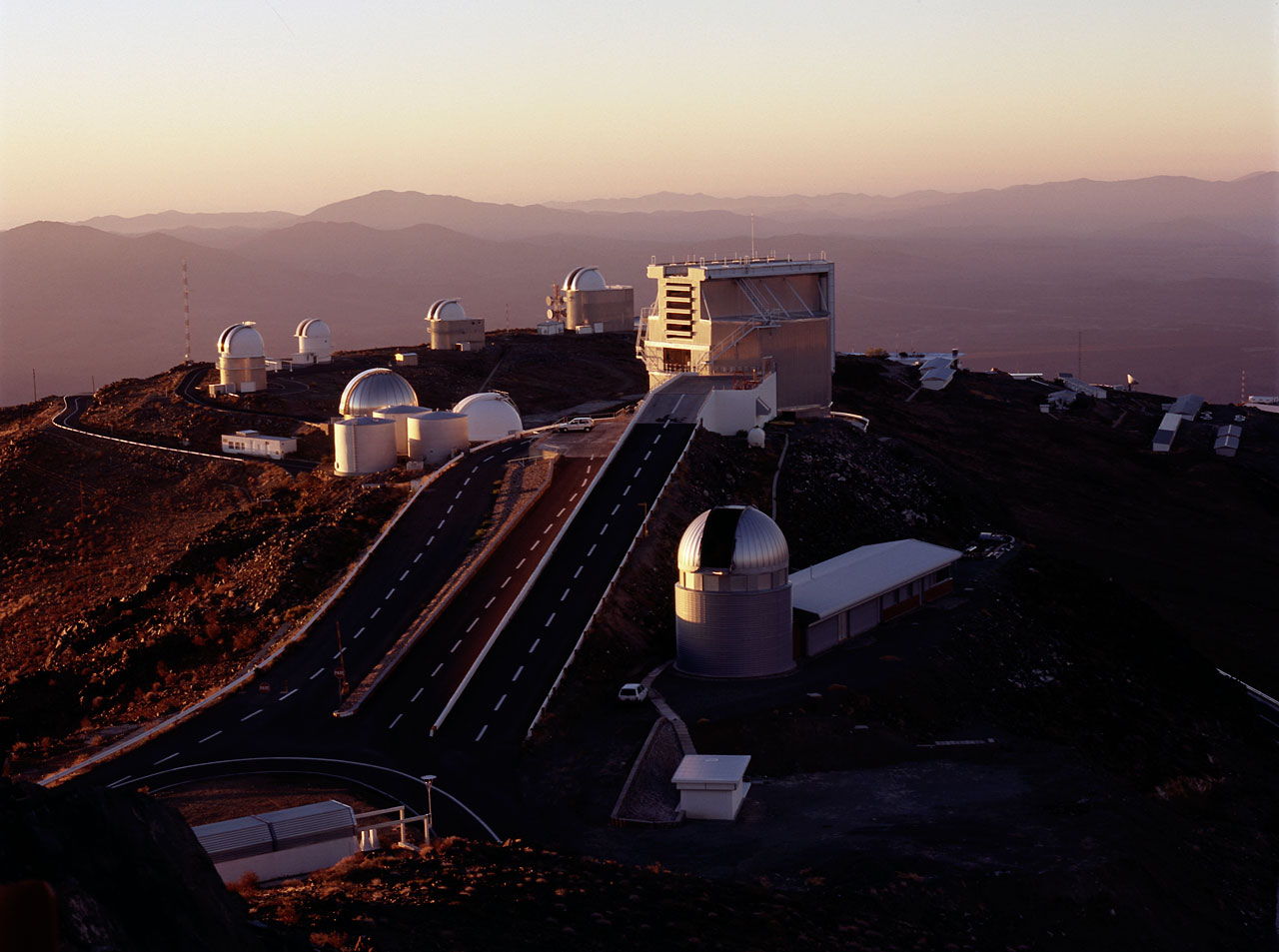Images: Closest-Ever Alien Planet, the Earth-Size Alpha Centauri Bb
Alien Planet Around Alpha Centauri B
This artist's concept shows the newfound alien planet Alpha Centauri Bb, found in a three-star system just 4.3 light-years from Earth. [Full Story]
Voyager 1
Astronomers may have found the closest alien planet with Alpha Centauri Bb, but it is still more than 4 light-years from Earth. That's about 25 trillion miles (40 trillion km) away. It would take a spacecraft like NASA's Voyager 1 probe about 40,000 years to reach the star system, scientists say. ['Next-Door' Alien Planet Still Too Distant to Visit — for Now]
Artist’s Impression of the Planet Around Alpha Centauri B
This artist’s impression shows the planet orbiting the star Alpha Centauri B, a member of the triple star system that is the closest to Earth. Alpha Centauri B is the most brilliant object in the sky and the other dazzling object is Alpha Centauri A. Our own sun is visible to the upper right. The tiny signal of the planet was found with the HARPS spectrograph on the 3.6-metre telescope at ESO’s La Silla Observatory in Chile. Image released Oct. 17, 2012. [Full Story]
The Alpha Centauri Star System (Infographic)
Astronomers have discovered an Earth-size planet orbiting one of the nearest stars to our sun: Alpha Centauri B. Learn more about the star system and its planet here: Full Infographic View.
Alpha Centauri in the Constellation of Centaurus (The Centaur)
This chart shows most of the stars visible with the unaided eye on a clear night. The star Alpha Centauri is one of the brightest stars in the southern sky (marked with a red circle). It lies just 4.3 light-years from the Earth and one component in a triple star system. Image released Oct. 17. 2012. [Full Story]
Alpha Centauri and Surroundings
This wide-field view of the sky around the bright star Alpha Centauri was created from photographic images forming part of the Digitized Sky Survey 2. The star appears so big just because of the scattering of light by the telescope's optics as well as in the photographic emulsion. Alpha Centauri is the closest star system to the Solar System. Image released Oct. 17, 2012. [Full Story]
HARPS Spectrograph and 3.6m Telescope at La Silla
Montage of the HARPS spectrograph and the 3.6m telescope at La Silla. The upper left shows the dome of the telescope, while the upper right illustrates the telescope itself. The HARPS spectrograph is shown in the lower image during laboratory tests. The vacuum tank is open so that some of the high-precision components inside can be seen.
Breaking space news, the latest updates on rocket launches, skywatching events and more!
HARPS at La Silla
Technical work supporting the HARPS instrument at the 3.6 metre ESO Telescope at the La Silla Observatory. Image taken in March 2003.
The HARPS Spectrograph
The HARPS spectrograph during laboratory tests. The vacuum tank is open so that some of the high-precision components inside can be seen. Image released March 27, 2003.
Danish Telescope at La Silla Observatory
The Milky Way above the dome of the Danish 1.54-metre telescope at the European Southern Observatory's La Silla Observatory in Chile.
La Silla — Evening
Evening view of La Silla at the moment of "telescope start-up." The dome of the Swiss 1.2-m Leonhard Euler Telescope and the adjacent building are seen in the foreground, immediately to the right of the ramp leading to the ESO 3.6-m New Technology Telescope (NTT) in its octogonal enclosure. Image released April 15, 2000.

Space.com is the premier source of space exploration, innovation and astronomy news, chronicling (and celebrating) humanity's ongoing expansion across the final frontier. Originally founded in 1999, Space.com is, and always has been, the passion of writers and editors who are space fans and also trained journalists. Our current news team consists of Editor-in-Chief Tariq Malik; Editor Hanneke Weitering, Senior Space Writer Mike Wall; Senior Writer Meghan Bartels; Senior Writer Chelsea Gohd, Senior Writer Tereza Pultarova and Staff Writer Alexander Cox, focusing on e-commerce. Senior Producer Steve Spaleta oversees our space videos, with Diana Whitcroft as our Social Media Editor.
